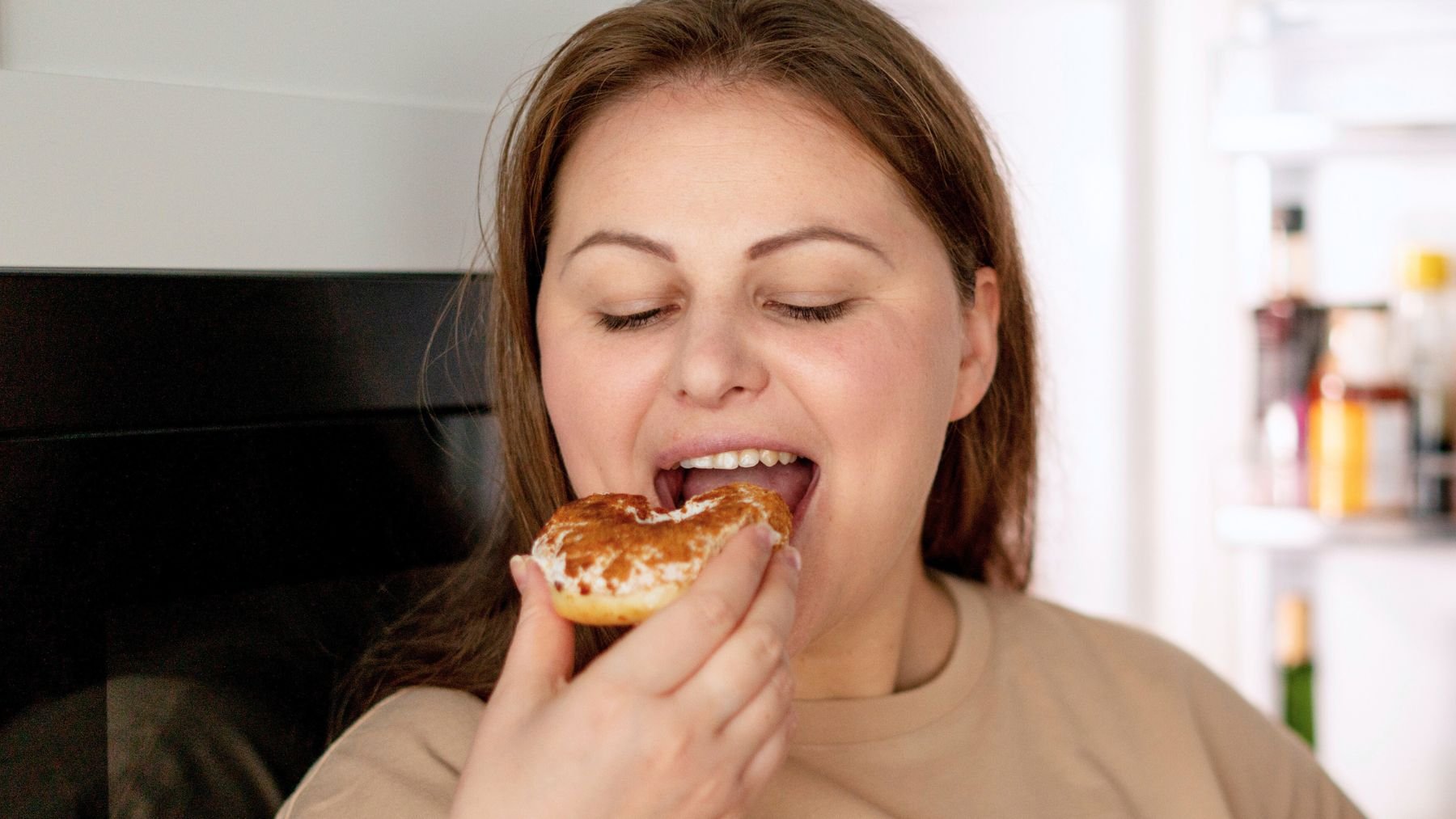You’ve probably done it: dropped a piece of food on the floor, picked it up right away, and told yourself it’s fine because of the “five-second rule”. It feels harmless, but doctors say it’s a complete myth. The bacteria don’t wait five seconds to contaminate your food. It happens the instant it touches the ground.
Experts from Parkway Hospitals, including infectious disease physician Dr. Leong Hoe Nam and orthopaedic surgeon Dr. Seah Wee Teck Victor, say the five-second rule is one of the most common health misconceptions people still believe. Here, we’ll break down why this myth is wrong and what other “facts” about health you should stop trusting.
Why the five-second rule isn’t true
The idea behind the five-second rule is simple: if you pick up dropped food quickly enough, it’s still considered clean, but bacteria don’t work that way. As Dr. Leong explains, germs are transferred immediately when food comes into contact with a contaminated surface. The amount of bacteria depends more on the type of food and surface than on how long it sits there.
A clean-looking floor isn’t necessarily safe, either. Floors can host everything from E. coli to Staphylococcus, bacteria that can cause food poisoning or skin infections. Even a spotless kitchen floor is exposed to microbes from shoes, pets, or air circulation.
Dr. Seah adds that the risk depends on the food’s moisture. Wet or sticky foods, like fruit or pasta, attract more bacteria because germs stick easily. Dry foods, like crackers, may pick up fewer microbes, but they’re not immune. Once contaminated, it’s impossible to “shake off” or wipe away bacteria completely.
So what should you do instead? The safest move is to toss dropped food or, at least, rinse it if it’s something washable like fruit. Foodborne illness isn’t worth the gamble.
Other common health myths doctors want you to stop believing
The five-second rule isn’t the only myth that has stuck around. Doctors say many everyday “facts” about health are based on misinformation or outdated science. Here are a few that might surprise you:
- Sleeping with wet hair gives you a cold. Colds come from viruses, not from being cold or damp. Unless you’re exposed to a virus, you won’t get sick just because your hair is wet.
- Microwaving food destroys nutrients. It doesn’t. In fact, because microwaves cook food quickly and with less water, they often preserve more vitamins than boiling or frying.
- Cracking your knuckles causes arthritis. The sound comes from gas bubbles inside the joint, not from bones grinding together. Research shows it doesn’t damage joints or cause arthritis.
- Chocolate causes acne. There’s no solid evidence linking chocolate to acne. Skin issues are influenced more by hormones, genetics, and skincare habits than the occasional candy bar.
- You should put ice on a burn. Icing a burn can damage skin tissue further. The right approach is to use cool running water for several minutes, apply an antibiotic ointment, and loosely cover it.
These myths persist because they sound logical and have been passed down for decades. Understanding what’s actually true can help prevent unnecessary worry, and in some cases, avoid making small injuries worse.

